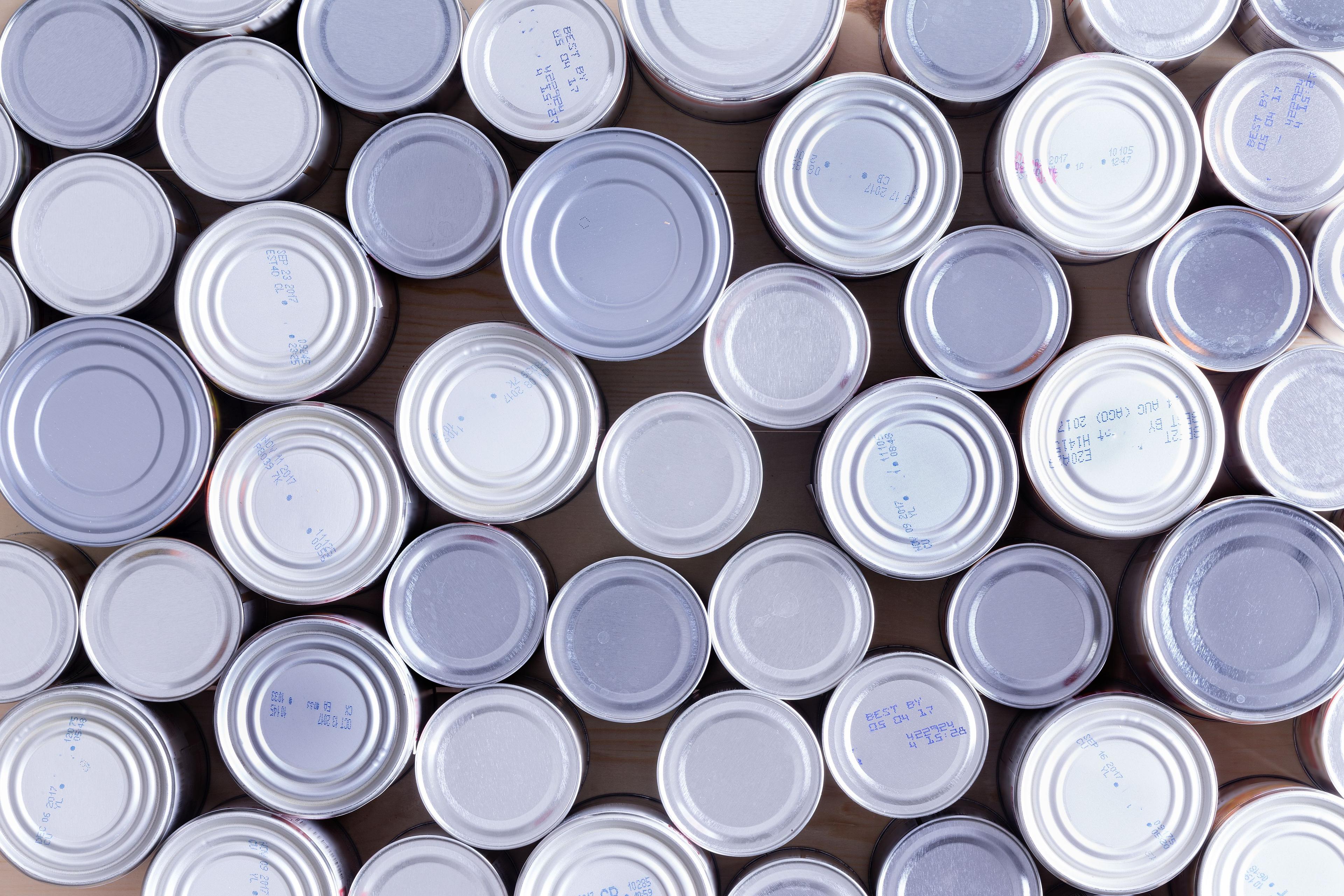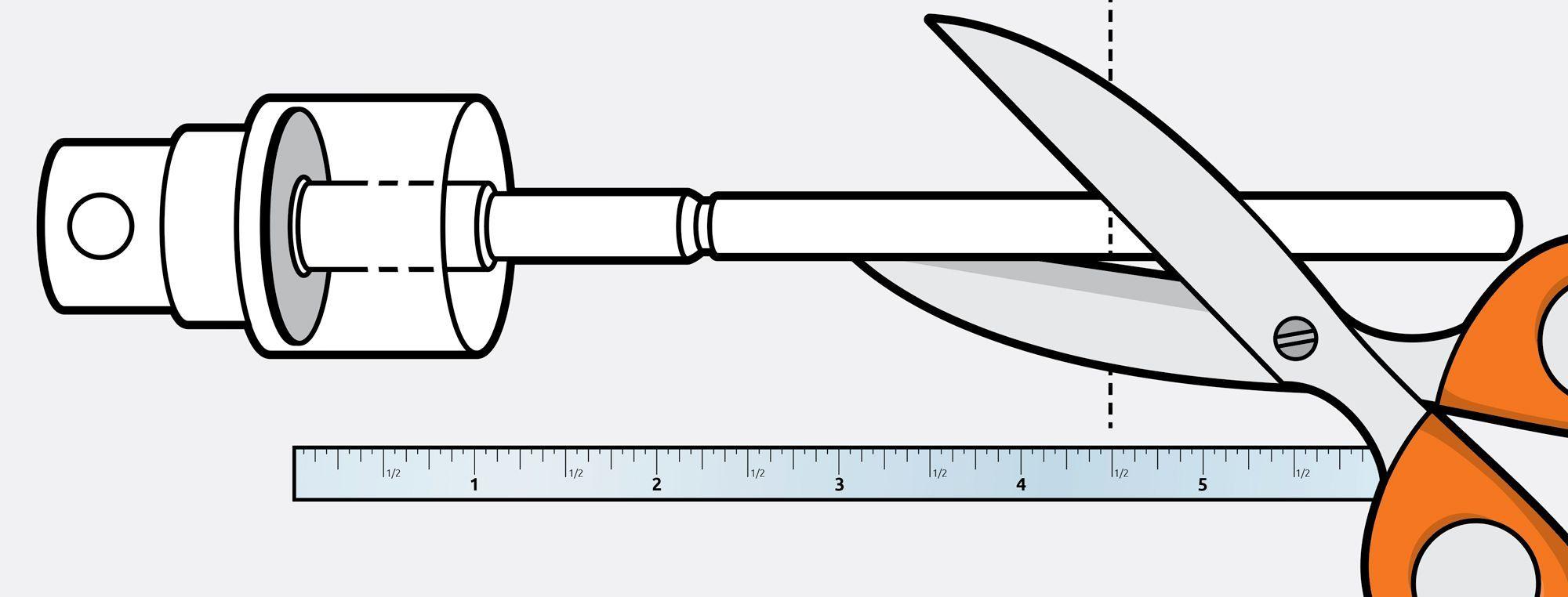Trends in Plastic Bottle Manufacturing for 2025


The Future of Plastic Bottles: What to Expect in 2025
Plastic bottle manufacturing is evolving rapidly, driven by technological advancements, sustainability demands, and changing consumer preferences. As we step into 2025, businesses in the packaging and logistics industries need to stay ahead of these emerging trends to remain competitive and environmentally responsible. Let’s explore the key innovations and shifts shaping the plastic bottle manufacturing landscape.
The Rise of Sustainable and Biodegradable Plastics
Environmental concerns have placed sustainability at the forefront of packaging innovations. Manufacturers are prioritizing:
- Plant-based plastics – Bottles made from sugarcane, corn, and algae-derived polymers reduce reliance on fossil fuels.
- Biodegradable plastics – New formulations break down naturally, reducing landfill waste.
- Increased use of rPET – Recycled polyethylene terephthalate (rPET) usage is expanding, allowing for closed-loop recycling.
These innovations are already making waves in industries such as beverages and personal care. For example, Coca-Cola and PepsiCo have pledged to increase their use of rPET in packaging, while beauty brands like L'Oréal and Unilever are investing in bio-based plastics to align with global sustainability goals.
Lightweight and Ultra-Thin Packaging
Reducing material use without compromising durability is a major goal for 2025. Expect to see:
- Thinner yet stronger plastic bottles that maintain performance while minimizing waste.
- Optimized designs for reduced shipping weight, cutting logistics costs and carbon footprints.
- Increased use of nanotechnology in polymers to enhance strength without added bulk.
A case study from Evian demonstrates this trend, as the brand successfully reduced its bottle weight by 25% over the last decade while maintaining the integrity of the packaging. This shift has allowed for cost savings in transportation and reduced overall plastic consumption.
Smart and Interactive Packaging
The Internet of Things (IoT) is making its way into plastic bottles. Advancements include:
- QR codes and NFC chips that provide product authenticity, traceability, and engagement.
- Smart sensors that track freshness, temperature, and tampering.
- Augmented reality (AR) labels offering interactive customer experiences.
Brands are using these features to strengthen their connections with consumers. Smart water bottles, for instance, now include hydration tracking through app integration, and pharmaceutical companies are using NFC tags to provide patients with instant medication details and reminders.
Enhanced Recycling and Circular Economy Initiatives
Governments and businesses are doubling down on recycling efforts. In 2025, we will see:
- Expanded bottle-to-bottle recycling programs to ensure plastic stays in circulation.
- Advanced sorting technology using AI to improve recycling efficiency.
- Manufacturer take-back programs, encouraging consumers to return used bottles for repurposing.
Companies like Loop Industries are pioneering new chemical recycling techniques that allow plastics to be infinitely repurposed without quality degradation. This shift helps eliminate reliance on virgin plastics while reducing waste.
Cost Savings and Efficiency in Large-Scale Production
Manufacturers are streamlining production to reduce costs while maintaining quality:
- Energy-efficient manufacturing – Factories are investing in eco-friendly production methods to lower emissions.
- Automated quality control – AI-powered inspections reduce defects and waste.
- 3D-printed molds – These enable faster prototyping and on-demand production.
A notable example is Amcor, a leading global packaging company, which recently adopted 3D-printed molds to accelerate production cycles while maintaining high precision. This transition has resulted in faster product rollouts and minimized material wastage.
Regulatory Changes and Compliance Trends
New policies are pushing manufacturers to adapt:
- Stricter single-use plastic bans, requiring investment in alternative materials.
- Extended producer responsibility (EPR) laws, holding companies accountable for their packaging waste.
- Global standardization efforts, making it easier for brands to meet sustainability goals.
With the European Union enforcing the Single-Use Plastics Directive, companies operating internationally must comply with stricter regulations. This trend is pushing businesses to develop reusable bottle programs and increase recyclability in packaging materials.
Real-World Examples of Innovation in 2025
Industries leading the charge in plastic bottle manufacturing include:
- Beverage Industry – Major soda and water brands transitioning to 100% rPET bottles.
- Pharmaceuticals – New tamper-proof and smart-tracking bottles improving safety.
- Personal Care – Shampoo and lotion brands integrating biodegradable plastics.
A great example is Nestlé, which has launched water bottles made entirely from rPET, setting a benchmark for the industry. Similarly, Procter & Gamble has introduced refillable packaging solutions that align with circular economy initiatives.
The Role of Consumer Demand in Shaping Trends
As sustainability awareness grows, consumers are influencing packaging decisions more than ever. Brands that embrace eco-friendly innovations are experiencing higher customer loyalty and enhanced market reputation. According to a Nielsen study, 73% of global consumers say they would change their consumption habits to reduce environmental impact.
The Future of 3D Printing in Plastic Bottle Manufacturing
The use of 3D printing in bottle production is expanding. Some key benefits include:
- Rapid prototyping, allowing manufacturers to test different designs quickly.
- Material efficiency, reducing waste in the production process.
- Customization at scale, enabling brands to create unique bottle shapes for marketing and functionality purposes.
Collaboration Between Manufacturers and Retailers
Retailers are playing a bigger role in sustainable packaging by:
- Partnering with manufacturers to develop eco-friendly bottle solutions.
- Encouraging consumers to participate in bottle return and recycling programs.
- Investing in refill stations, reducing single-use packaging waste.
Conclusion: The Future is Sustainable and Smart
Plastic bottle manufacturing in 2025 is all about balancing sustainability, efficiency, and innovation. Whether it’s through biodegradable materials, smart packaging, or regulatory compliance, the industry is moving towards a more eco-conscious and technologically advanced future.
Want to stay ahead of the packaging trends? Explore our cutting-edge plastic bottle solutions at Container & Packaging today!





